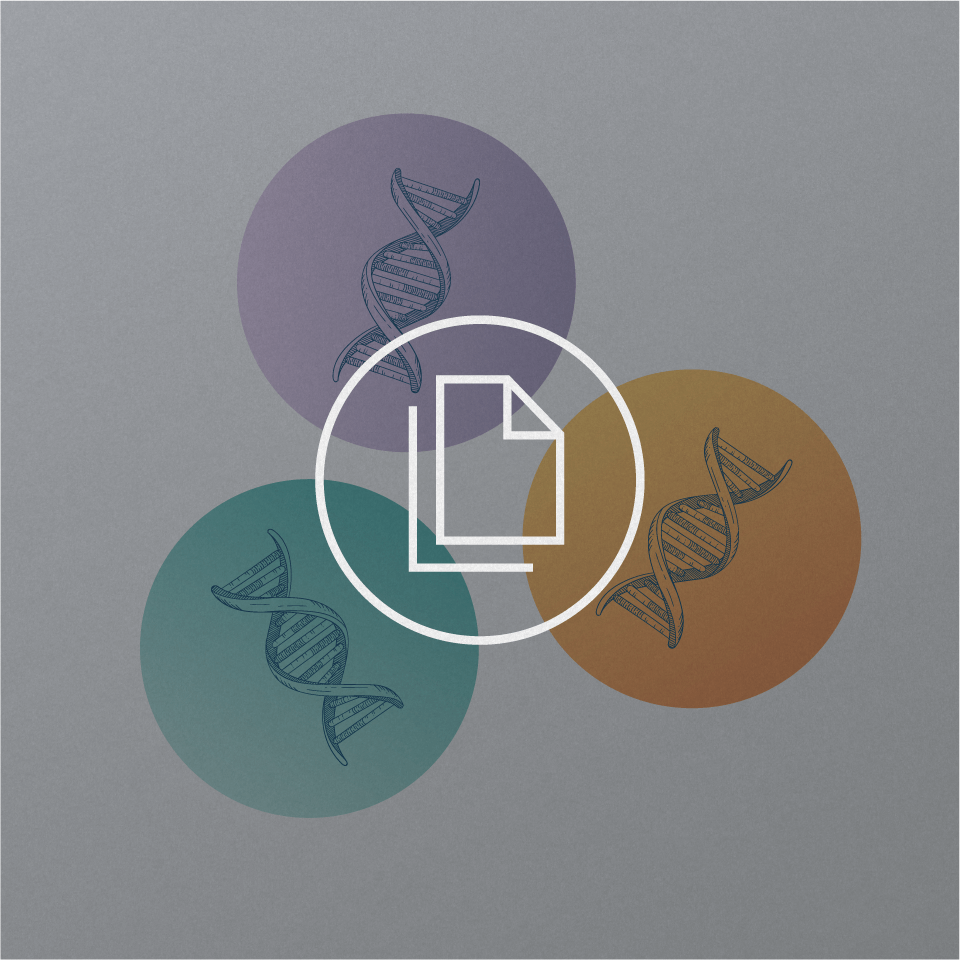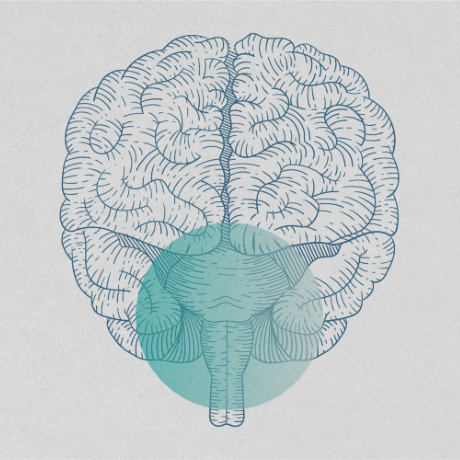
SARS-CoV-2 may mediate headaches through multiple mechanisms
Severe acute respiratory coronavirus 2 (SARS-CoV-2) infection has widespread effects on the human body, with symptoms commonly reported in the respiratory, cardiovascular, and nervous systems, as well as the musculature, vasculature, and gastrointestinal tract.1–4 The widespread expression of angiotensin-converting enzyme 2 (ACE2; the functional receptor for SARS-CoV-2 in humans),4 across multiple cell types, is believed to contribute to this broad range of effects, along with indirect effects resulting from immune dysregulation and systemic inflammation that occur with coronavirus disease 2019 (COVID-19).4 As large proportions of patients are affected by neurological symptoms, including headache, during and post COVID-19,2,5 this has stimulated research and debate on the mechanisms underlying these effects of SARS-CoV-2 infection. Evidence suggests that SARS-CoV-2 may mediate worsening or new-onset of headache conditions, including migraine, in multiple ways involving the trigeminovascular system and general effects of inflammation.6–8
Potential mechanisms underlying headaches in COVID-19
The mechanisms underlying headaches in patients with COVID-19 are likely to include both indirect and direct effects of SARS-CoV-2 infection.
Indirect effects of SARS-CoV-2 on the central nervous system
Headache is a recognised symptom of systemic viral infections in general.9 Potential mechanisms for this include generic effects, such as systemic inflammation, fever, hypoxia, and dehydration.9 In addition to pyrexia and direct effects of pathogenic microorganisms, inflammatory mediators can be activated during systemic infections.9 In severe cases of COVID-19, high concentrations of pro-inflammatory cytokines (e.g. interleukin-6) can occur as part of a cytokine-release syndrome; this is also seen in patients with other conditions who are treated with immunotherapy, and is known to cause neurotoxicities such as headache.9,10 In addition, systemic inflammation can lead to elevated levels of other mediators of headache, including D-dimer and the calcitonin gene-related peptide (CGRP) which is implicated in the pathophysiology of migraine and other headaches.9
Direct effects of SARS-CoV-2 on the central nervous system and vasculature
The exact pathological mechanisms by which SARS-CoV-2 exerts direct effects on the central nervous system (CNS) have not yet been fully elucidated.9 However, several possible mechanisms have been proposed based on the tissue distribution of the SARS-CoV-2 receptor in relation to the observed neurological symptoms of COVID-19.
SARS-CoV-2 infects human cells through interaction with the receptor ACE2.4,9 The ligand of ACE2 is angiotensin II, which functions in pathological processes including vasoconstriction, inflammation, nociception, neurogeneration, and oxidative stress.11 Angiotensin II also increases levels of circulating CGRP, an important neuropeptide involved in the pathophysiology of migraine; targeting CGRP is an effective migraine treatment.11 ACE2's normal function is to counter these pathogenic effects of angiotensin II; however, binding of SARS-CoV-2 to ACE2 on human host cells leads to the internalisation of ACE2 and downregulates its protective activity.11 In humans, ACE2 is expressed on neurons, astrocytes, and glial cells.4,12 However, there is a lack of evidence to support the possibility that COVID-19-associated headaches are caused because of SARS CoV-2 infecting CNS cells directly.11
Several potential mechanisms of transmission of SARS-CoV-2 have been proposed, including neurotropism via the peripheral trigeminal nerves and entry from the bloodstream into brain endothelial cells,8,11,12 by which SARS-CoV-2 could overcome the blood-brain barrier to reach the CNS.
The intranasal passage is a known route of SARS-CoV-2 transmission,4,8,12 and loss or impairment of smell has been reported as a common symptom of the peripheral nervous system in patients with COVID-19.1,2 Based on the detection of SARS-CoV-2 ribonucleic acid in the olfactory mucosa and olfactory bulb, it has been suggested that the virus can invade the peripheral trigeminal nerve terminals in the nasal passages via ACE2 receptors to gain entry to the CNS via neurotropism.8 It is also consistent with the symptomology of COVID-19; an association has been observed between headache and smell impairment in the acute phase of infection.13 In addition, the involvement of the trigeminal nerves is consistent with the worsening or onset of migraine that can occur in patients with COVID-19.8
Another proposed route of SARS-CoV-2 infection is via the bloodstream.8,12 ACE2 is expressed on brain endothelial cells and pericytes, which could facilitate paracellular movement of circulating viral particles across the blood-brain barrier.8,12 Infected ACE2-expressing leucocytes may also facilitate transmission of SARS-CoV-2 to the brain parenchyma.12
Future research questions
Further research is required to help us better understand the mechanisms through which SARS CoV-2 causes headaches so that treatment can be targeted appropriately.12 Additionally, the mechanisms of emerging variants of the virus such as omicron, which although considered less severe is reported to be more frequently associated with headache,14 need to be investigated.
Lechien JR, Chiesa-Estomba CM, Place S, et al. Clinical and epidemiological characteristics of 1420 European patients with mild-to-moderate coronavirus disease 2019. J Intern Med 2020;288:335–44.
Mao L, Jin H, Wang M, et al. Neurologic manifestations of hospitalized patients with coronavirus disease 2019 in Wuhan China. JAMA Neurol 2020;77:683–90.
Huang C, Wang Y, Li X, et al. Clinical features of patients infected with 2019 novel coronavirus in Wuhan, China. Lancet 2020;395:497–506.
Salamanna F, Maglio M, Landini MP, Fini M. Body localization of ACE-2: on the trail of the keyhole of SARS-CoV-2. Front Med 2020;7:594495.
Fernándes-de-las-Peñas C, Navarro-Santana M, Gómez-Mayordomo V, et al. Headache as an acute and post-COVID-19 symptom in COVID-19 survivors: a meta-analysis of the current literature. Eur J Neurol 2021;28:3820–5.
Dearing L, Müller F, Sellner J. Headache with SARS-CoV2 infection: a matter of concern. Eur J Neurol 2021;28:3554–5.
Al-Hashel JY, Abokalawa F, Alenzi M, Alroughani R, Ahmed SF. Coronavirus disease-19 and headache; impact on pre-existing and characteristics of de novo: a cross-sectional study. J Headache Pain 2021;22:97.
Carrona E, Pozo-Rosich P. Headache as a symptom of COVID-19: narrative review of 1-year research. Curr Pain Headache Reports 2021;25:73.
Bobker SM, Robbins SM. Residents and fellows: opinions in headache education. Headache 2020;60:1806–11.
Chen J-J, Zhang L-N, Hou H, Xu L, Ji K. Interleukin-6 signaling blockade treatment for cytokine release syndrome in COVID-19 (Review). Exp Ther Med 2021;21:24.
Bolay H, Gül A, Baykan B. COVID-19 is a real headache! Headache 2020;60:1415–21.
Mehrabani MM, Karvandi MS, Maafi P, Doroudian P. Neurological complications associated with COVID-19; molecular mechanisms and therapeutic approaches. Rev Med Virol. 2022;e2334.
Rocha-Filho PAS, Albuquerque PM, Sá Carvalho LCL, Gama MDP, Magalhaes JE. Headache, anosmia, ageusia and other neurological symptoms in COVID-19: a cross-sectional study. J Headache Pain 2022;23:2.
Meo SA, Meo AS, Al-Jassir FF, Klonoff DC. OMICRON SARS-CoV-2 new variant: global prevalence and biological and clinical characteristics. Eur Rev Med Pharmacol Sci 2021;25:8012–18.



